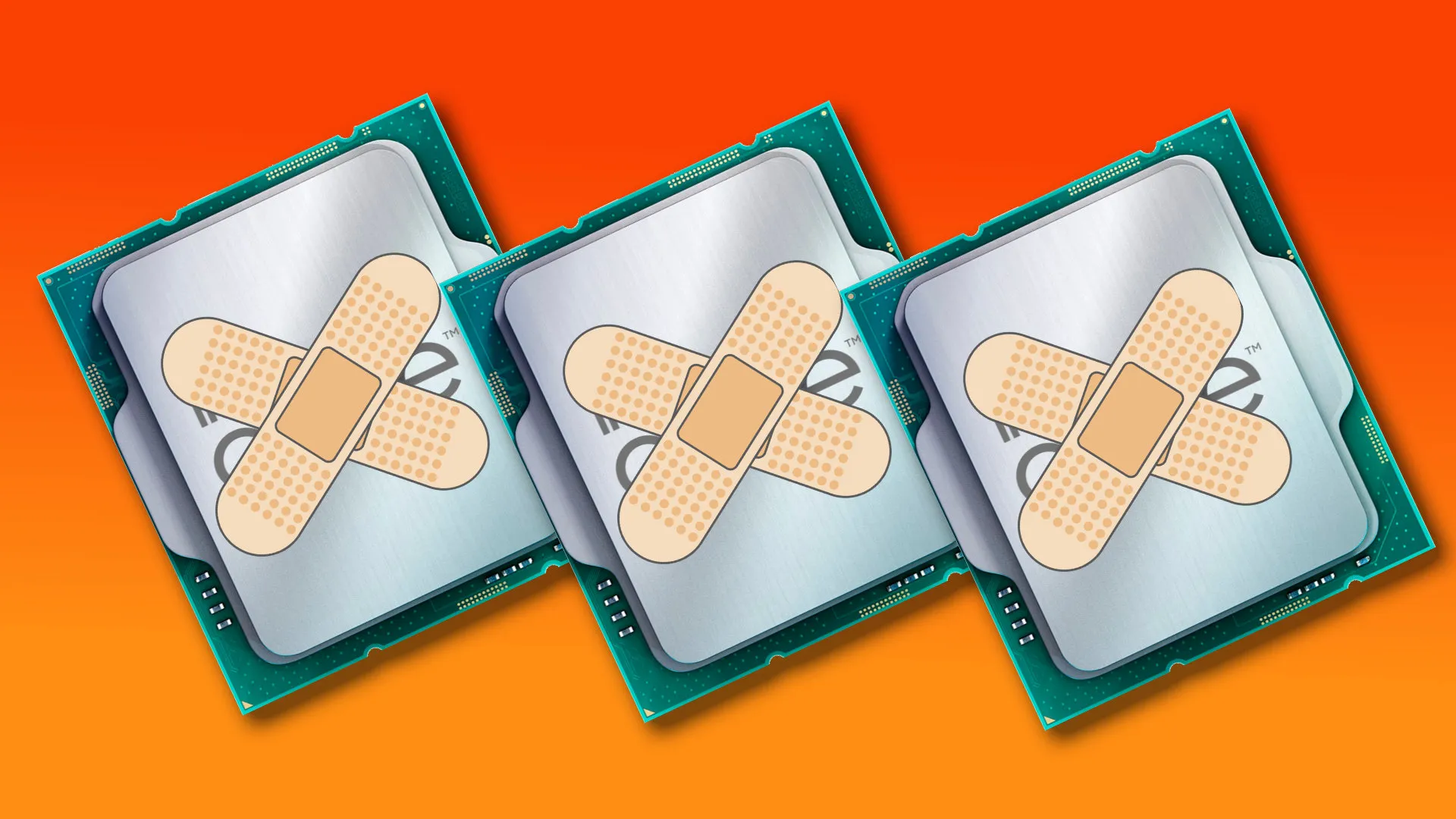Intel Faces Challenge with Gaming CPU Damage Detection

The Vmin Shift Instability Challenge
Right now, there isn’t a foolproof way to check if your Intel gaming CPU has been damaged by the Vmin Shift Instability issues that have plagued Intel's Raptor Lake processors. Intel has confirmed that it doesn’t have a reliable tool available to test CPUs that might have been damaged following the voltage instability problems that have popped up over the last year. This is bad news, both for Intel and consumers who own the company's 13th and 14th-gen Core CPUs.
Intel's Response and Warranty Issues
The chip maker only recently issued a permanent Intel CPU fix for undamaged Raptor Lake processors, after many of the best gaming CPU designs made by the company were found to be causing stability problems in games based on the Unreal Engine. In comments made to Tom’s Hardware, Intel confirmed that it continues to investigate the possibility of a detection tool for damage. However, Intel also states that it will issue an update if one becomes available.
- Concerns over customer awareness: The bigger concern is that customers with a Raptor Lake CPU might not even realize that there’s damage.
- RMA process headaches: Without a reliable tool to diagnose these CPUs, RMAs could become an expensive headache for the company over the next few years.
- Warranty extension: It hasn’t actively recalled these processors, but it has issued an extended two-year warranty on top of the existing three years that initially covered 13th and 14th-gen CPUs.
For now, if you’ve got what you believe is an undamaged 13th or 14th-gen Intel CPU, the advice is clear: update your BIOS using the latest and hopefully final microcode update, and make sure you’re using Intel’s recommended power settings. If you have any instability at all, it’s wise to get your RMA request in now and seek a replacement, rather than wait for it to fail.
Final Thoughts on Intel’s Future
There's one shred of good news for overclockers who are prepared to take risks, though. Intel states that users can increase PL1 and PL2 power limits without voiding the warranty. Thankfully, the chip maker has issued assurances that the latest Intel Arrow Lake CPUs are immune from the Vmin Shift Instability problems.
With the latest Arrow Lake launch rumors pointing at a release in a few weeks, you might not have to wait long before you can switch to an Intel processor that lacks this fault, but you’ll need a new Z890 motherboard to go with it. If a new upgrade or PC build is on the cards, you might want to check out our guide on how to build a gaming PC next for a quick refresh on the steps you’ll need to follow. Installing the CPU is the easy bit, but keeping your cables tidy is a whole other matter.
This article was prepared using information from open sources in accordance with the principles of Ethical Policy. The editorial team is not responsible for absolute accuracy, as it relies on data from the sources referenced.